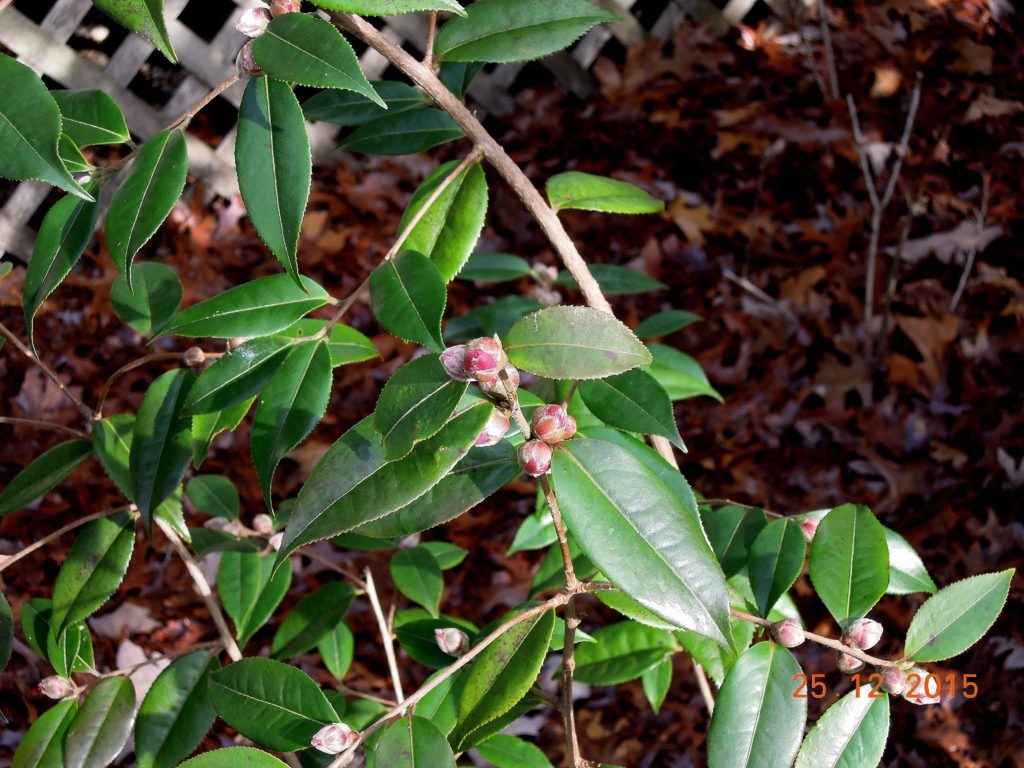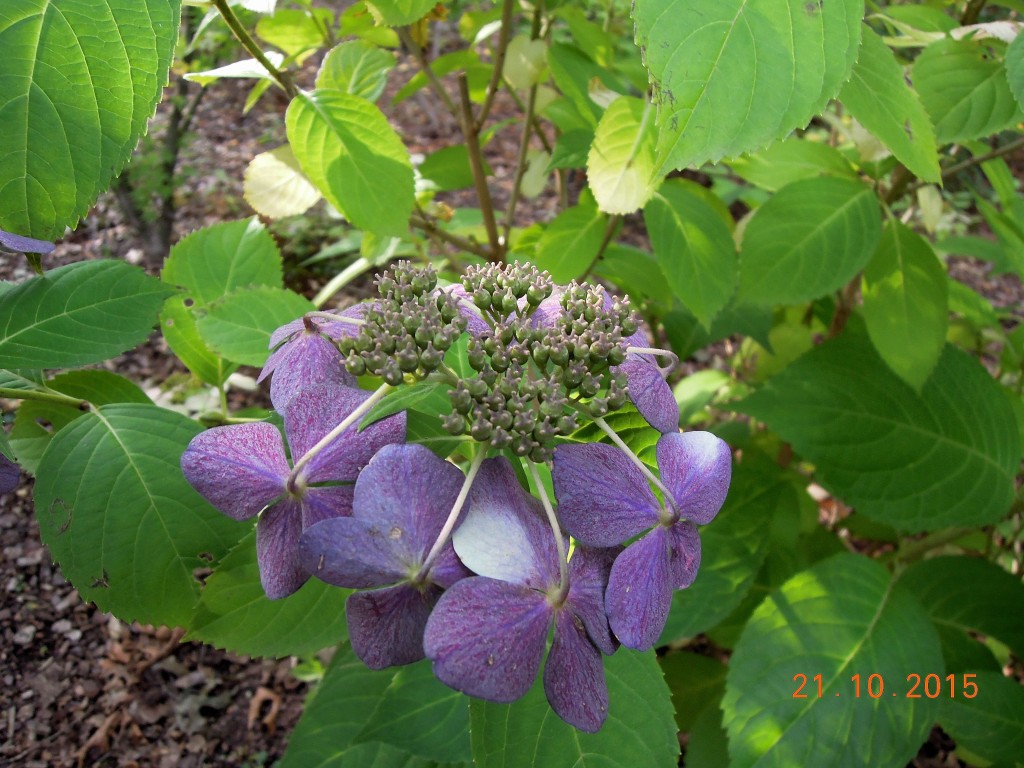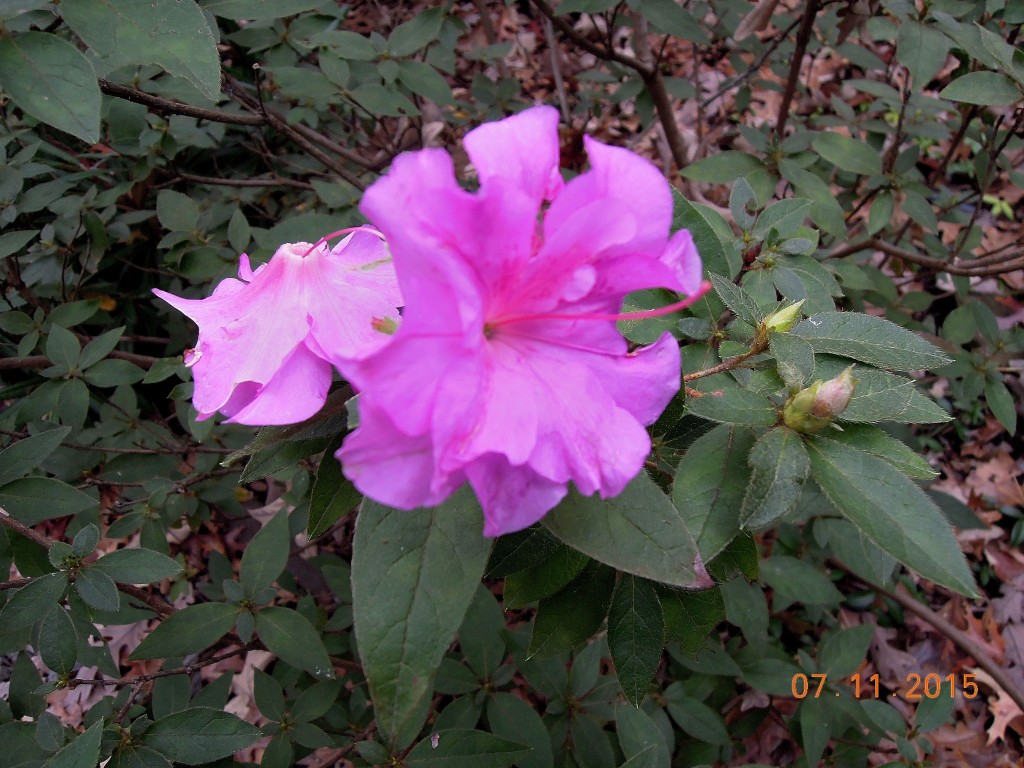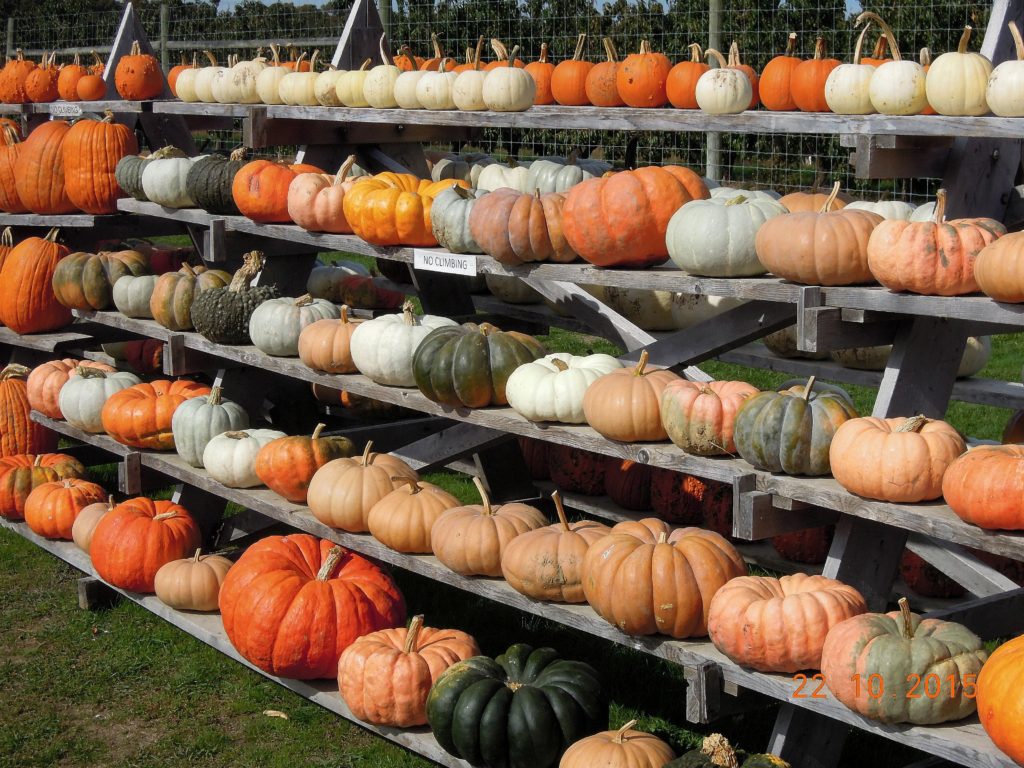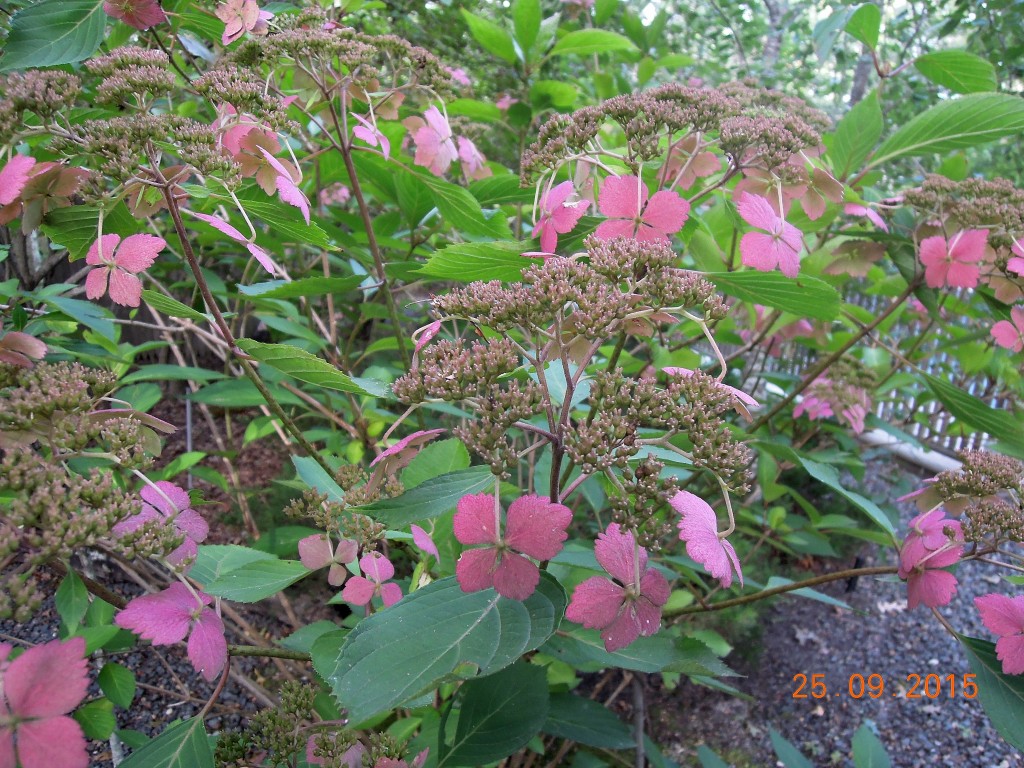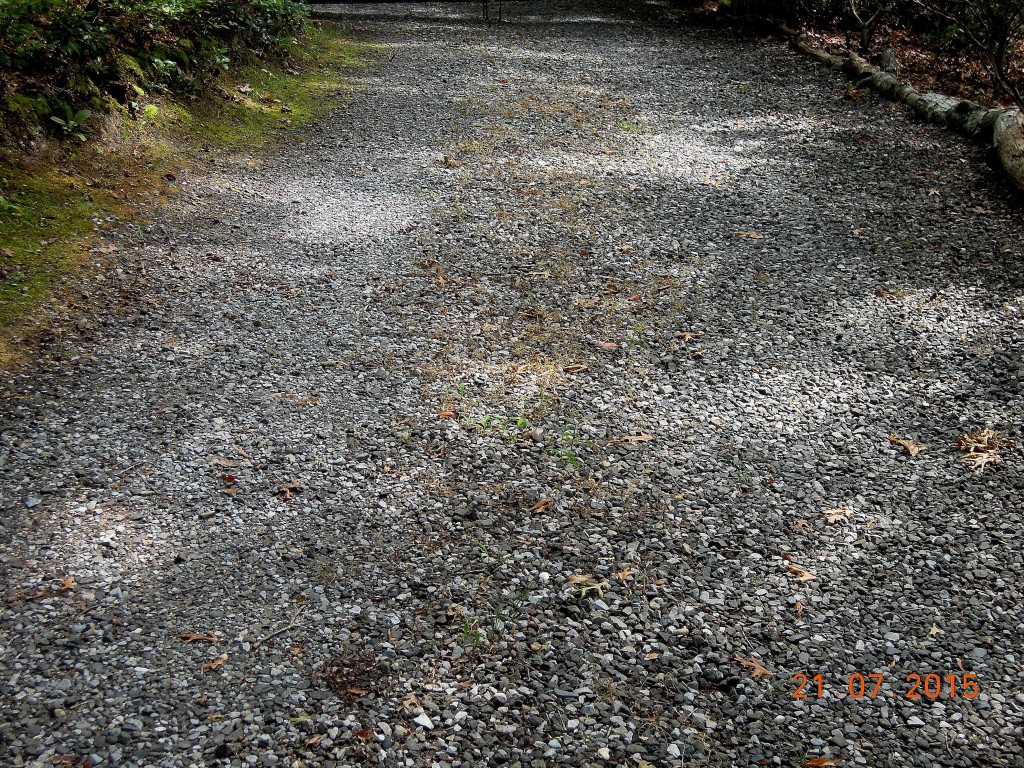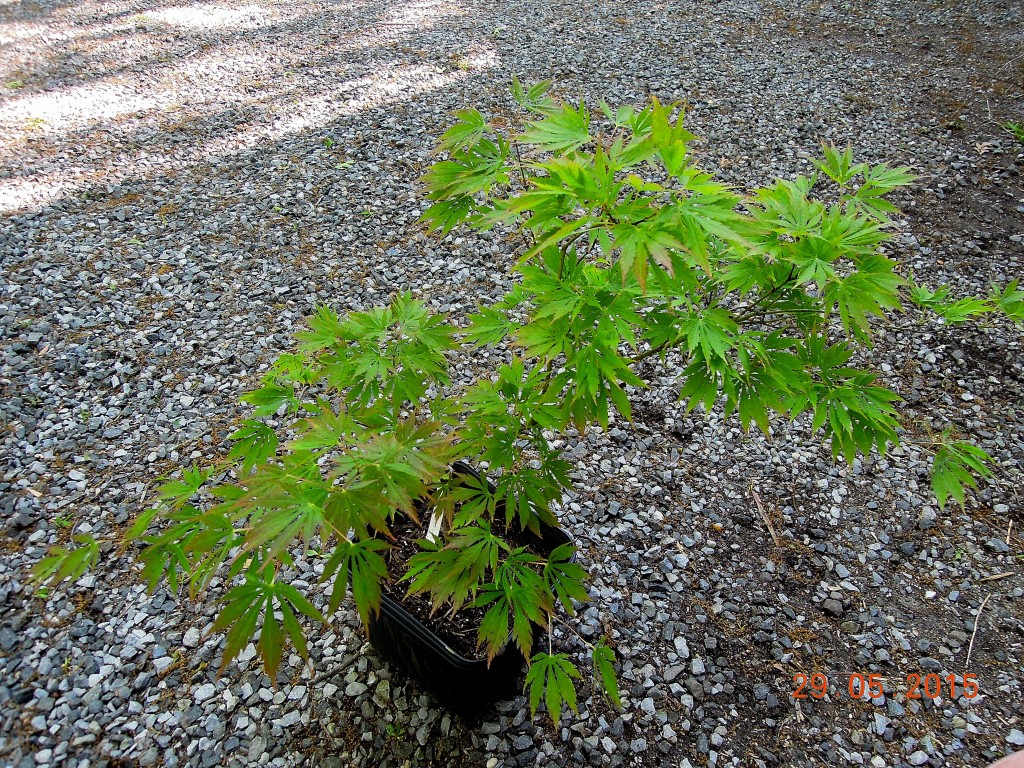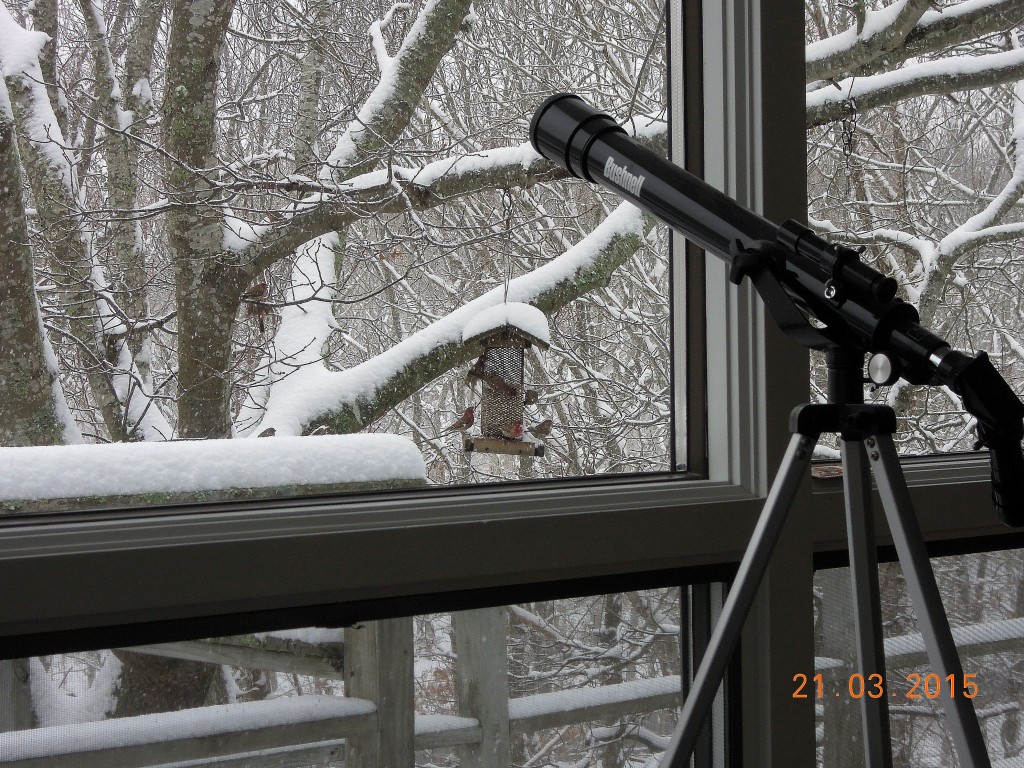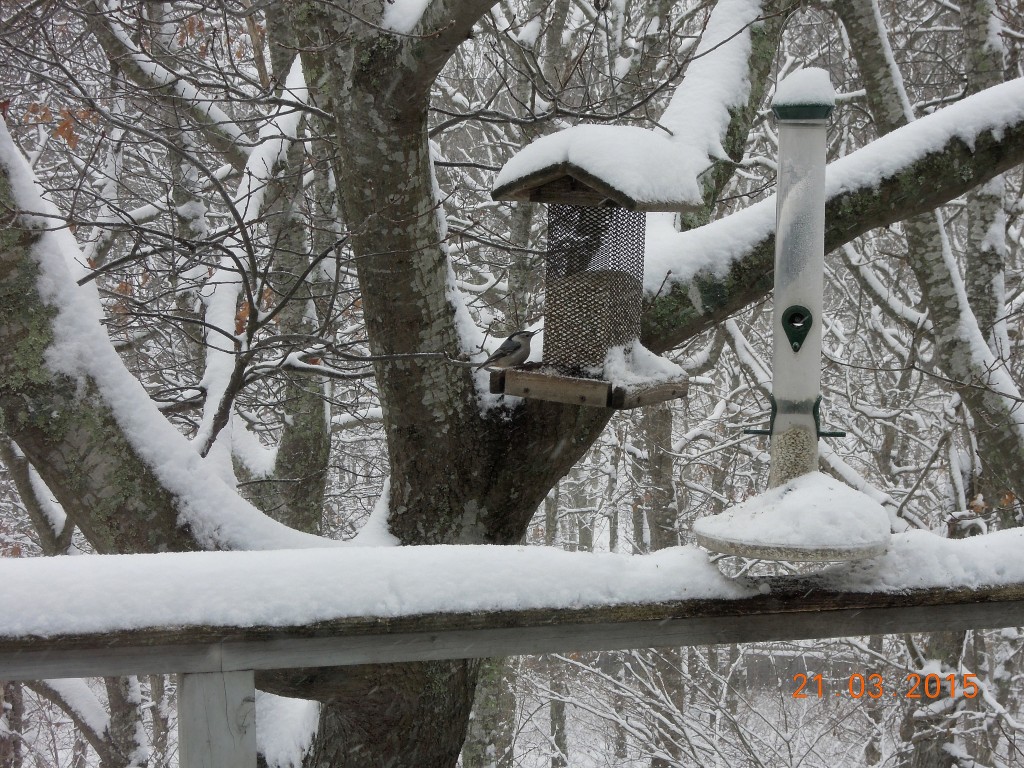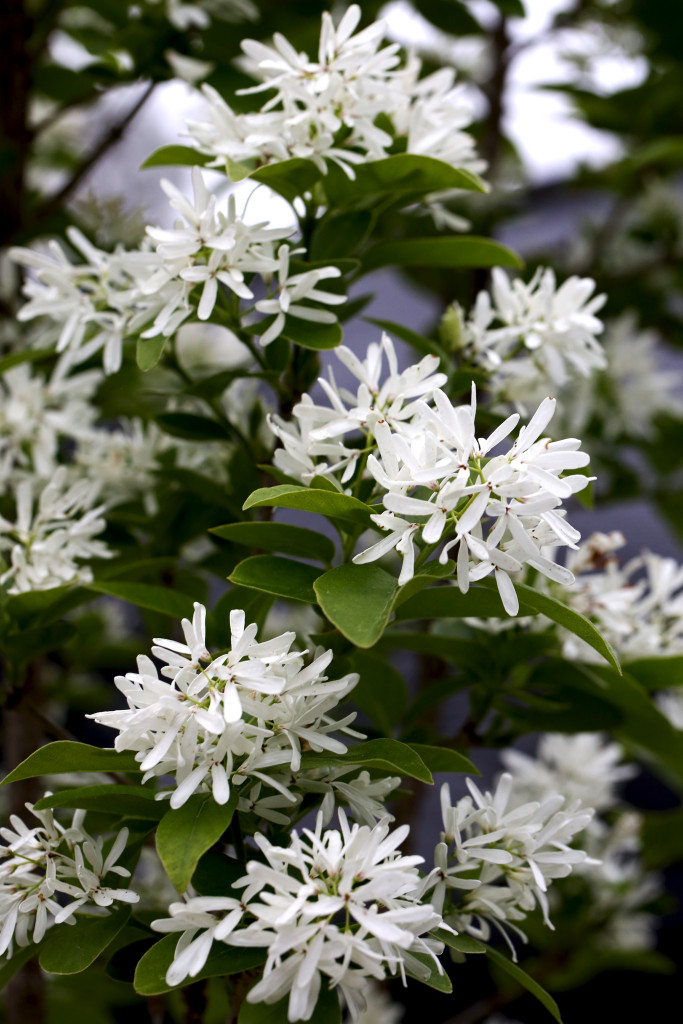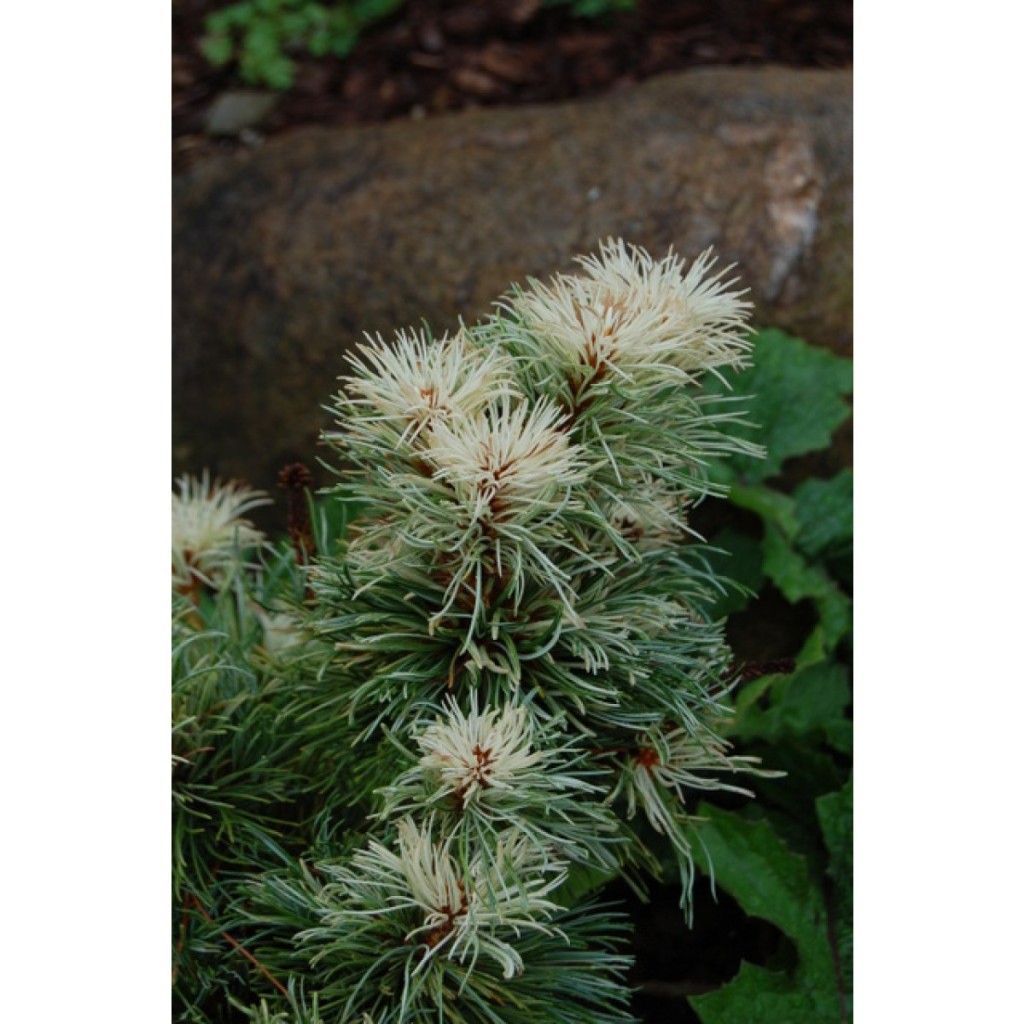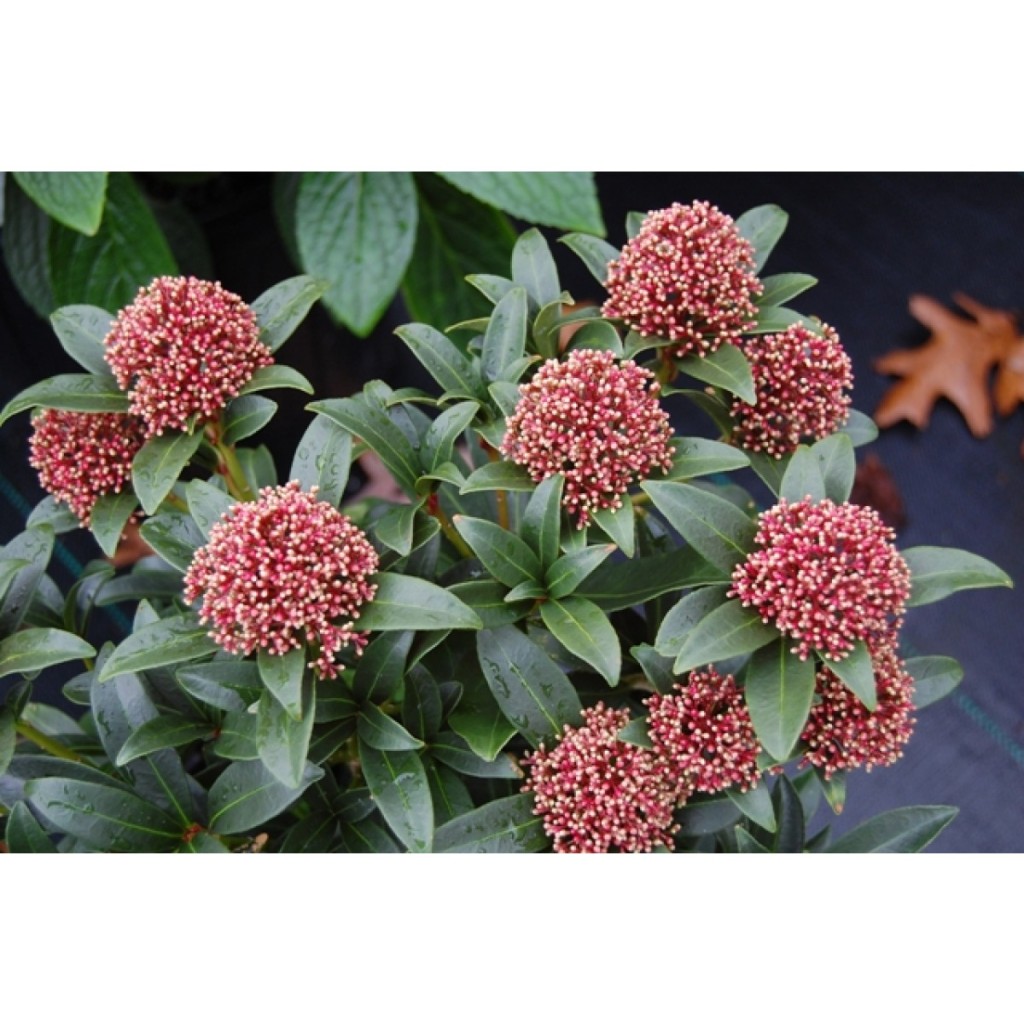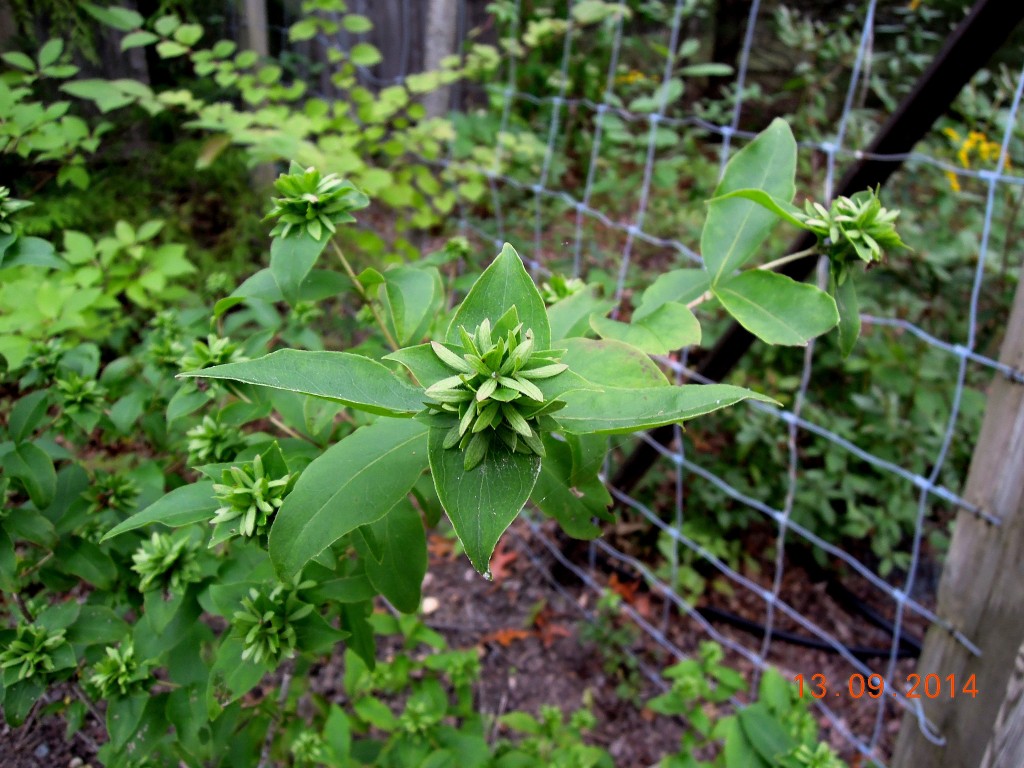The sun will soon set on 2015. After the last brutal winter, who would have thought the final days this year would be so unseasonably warm? Morning air even smells of Spring. No wonder the plants are confused. Forsythia and Rhododendron flowers have jumped the gun and opened 4-5 months early. I wish they had exercised a modicum of restraint. Hopefully, others will not follow them like lemmings, for the killing frost will surely arrive any day.
Yet, no call for restraint is necessary or appropriate for the fragrant flowering evergreen ground cover , Erica darleyensis ‘Mediterranean White’ and ‘Mediterranean Pink’ (Heath).
For twenty-five years these low-growing, shrub-like plants have bloomed continuously from November thru early Spring, unfazed by frost or snow. Amazing! Moreover, they are easy care, disease free plants. Provide well-draining soil, regular water, and in order to maintain their compact, dense growth, prune after flowering. There is one downside: voles love ’em! (To avoid vole damage, see my Post, April 2, 2012,”Hot Tips: Vole Damage Prevention”.)
Another dazzler, Rhododendron ‘Marshy Point’s Humdinger’, has been flowering since Fall and will continue to bloom until frost. Then, after a well deserved rest, this wonderful evergreen azalea will produce abundant bloom again in the Spring. (Spring and Winter Photos below of Humdinger showing off in the garden and in the house. For detailed culture information see my Post, March 1, 2013, “Azalea ‘Marshy Point’s Humdinger’.”)
Colorful berries and buds also add interest and beauty to the December winter garden. Like the yellow-orange fruit of Crabapple X that the birds planted in the garden years ago. (Truth be told, all the crabs I planted have died from cedar apple rust disease, but, for some unknown reason, the bird-planted-crab flourishes. Needless to say, I don’t know the cultivar name and the birds ain’t talkin’. Photos below include Crabapple X’s beautiful buds and flowers as well as berries.)
Camellia ‘Crimson Candles’, a hardy, vigorous, disease-resistant variety, is bursting with buds that are just beginning to take on the showy, rich-red color they will flaunt all winter. (Photos below. For more information and a photo of Crimson Candles’s rosy-red flowers, see my Post, “2015 What’s New? Camellia Forest Nursery”.)
Pieris flower buds are also showing color, as in the photo below of Pieris x ‘Spring Snow’. (I have already written extensively about a number of shade-loving, deer-resistant, fragrant-flowering Pieris, including Spring Snow. For culture information and flower photos of P. x ‘Spring Snow’ as well as P. japonica ‘Mountain Fire’, see my Post, April 2014, “Spring 2014: Snow-White Extravaganza”.)
Finally, the natural splendor of a mossy cushion.
From my garden to yours: Have a joyous, healthy New Year!







